Fortescue’s planned 644 MW Turner River Solar Hub has been cleared by Western Australia’s Environmental Protection Agency (EPA) but could still go through a review under the federal government’s Environment Protection and Biodiversity Conservation (EPBC) Act.
The Turner River Solar Hub, proposed for a 1,400-hectare site about 120 kilometres south of Port Hedland, comprises a 644 MW solar plant and a battery energy storage system, the capacity of which is yet to be published. The project also includes the construction of a 220 kV transmission line that will connect the solar hub to Fortescue’s existing integrated electricity network.
The Turner River Solar Hub would help power Fortescue’s mining operations in the Pilbara as part of its mission to achieve “real zero” Scope 1 and 2 emissions by 2030, without carbon offsets.
Plans for the solar hub have been forwarded to both the state Environmental Protection Authority and to the federal Department of Climate Change, Energy, the Environment, and Water (DCCEEW).
The state EPA has already decided that the project does not need to be assessed under its Environmental Protection Act, saying the “likely environmental effects of the proposal … are not so significant as to warrant formal assessment.”
The federal authority is however still seeking feedback on whether the project should be referred for assessment under the EPBC Act. Feedback will be accepted up to 11 June 2025.
Jarrod Pittson, Fortescue’s group manager of environment development approvals, said via social media that the EPA’s decision proves that the environmental approvals process doesn’t have to be a roadblock for renewable energy projects.
Pittson said proponents need to front-load their referrals with quality baseline surveys and sound science, and deliver a well-prepared, professional submission.
“Then timely approvals are absolutely possible and the cycle of delay and despair can be broken,” he said. “This is how we get projects moving and the energy transition happening.”
Fortescue is aiming to reach real zero at its Pilbara operations by the end of the decade – a strategy that involves developing a number of solar and wind farms, transmission infrastructure, substations and battery installations.
“The aim is to transition Fortescue from using diesel power and gas to renewable energy by 2030,” the company said, with estimates suggesting achieving the 2030 target of real zero will require a total capacity of 1,500 MW of solar PV generation.
In addition to the Turner River Solar Hub, Fortescue is currently building a 190 MW solar farm at the Cloudbreak mine and commissioned of a 100 MW solar farm at North Star Junction in 2024. Fortescue also sources solar power from APA Group’s 60 MW Chichester Solar Farm.
This content is protected by copyright and may not be reused. If you want to cooperate with us and would like to reuse some of our content, please contact: editors@pv-magazine.com.
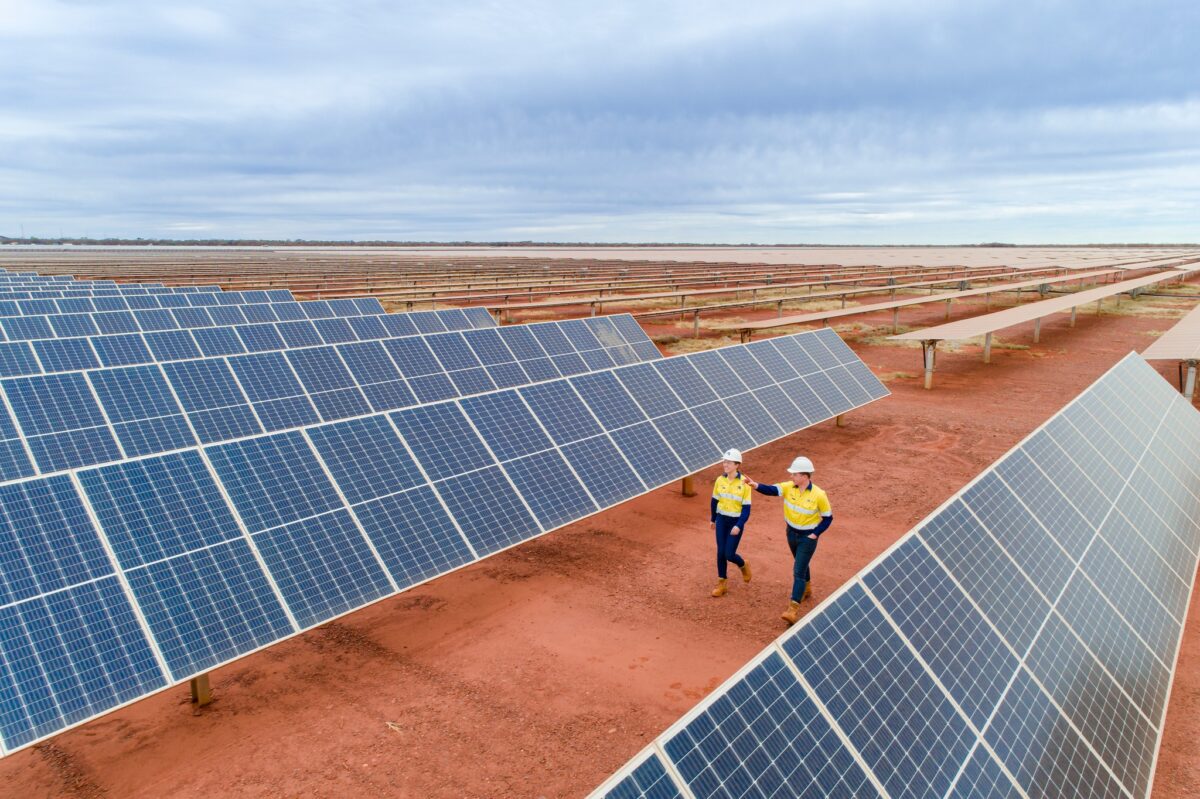
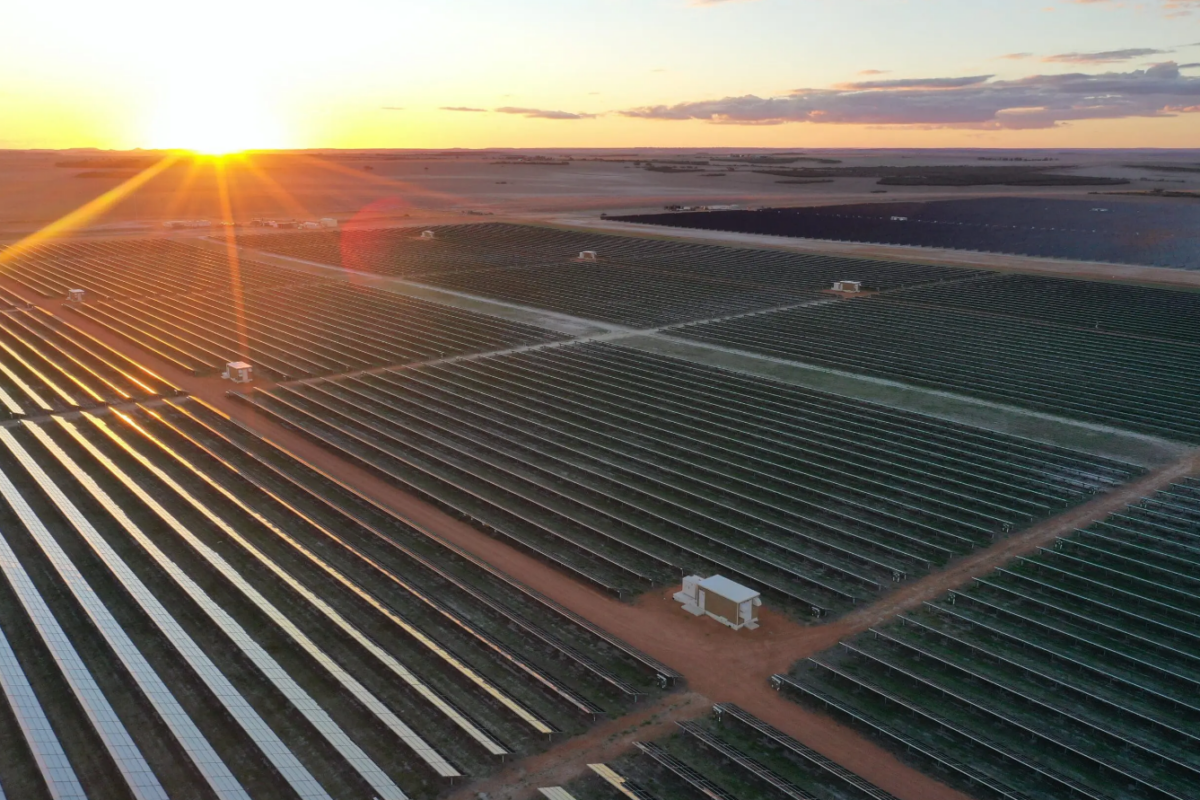
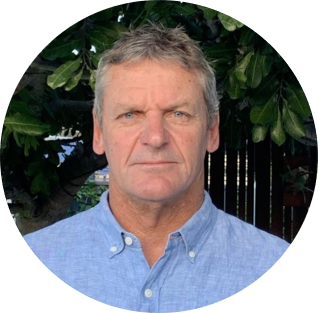


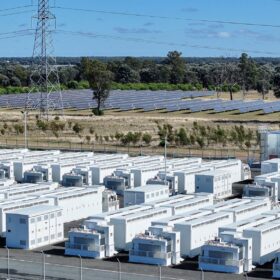
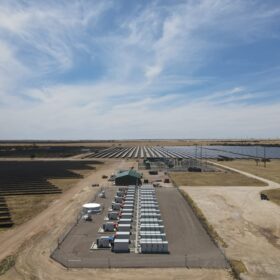
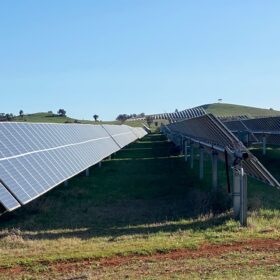
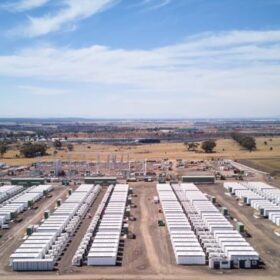
3 comments
By submitting this form you agree to pv magazine using your data for the purposes of publishing your comment.
Your personal data will only be disclosed or otherwise transmitted to third parties for the purposes of spam filtering or if this is necessary for technical maintenance of the website. Any other transfer to third parties will not take place unless this is justified on the basis of applicable data protection regulations or if pv magazine is legally obliged to do so.
You may revoke this consent at any time with effect for the future, in which case your personal data will be deleted immediately. Otherwise, your data will be deleted if pv magazine has processed your request or the purpose of data storage is fulfilled.
Further information on data privacy can be found in our Data Protection Policy.